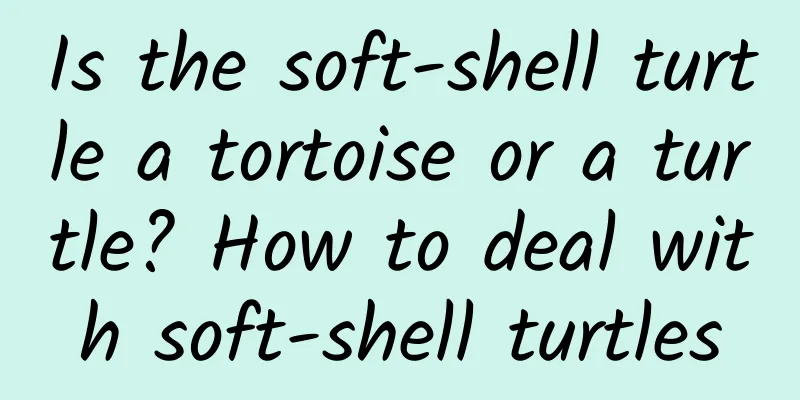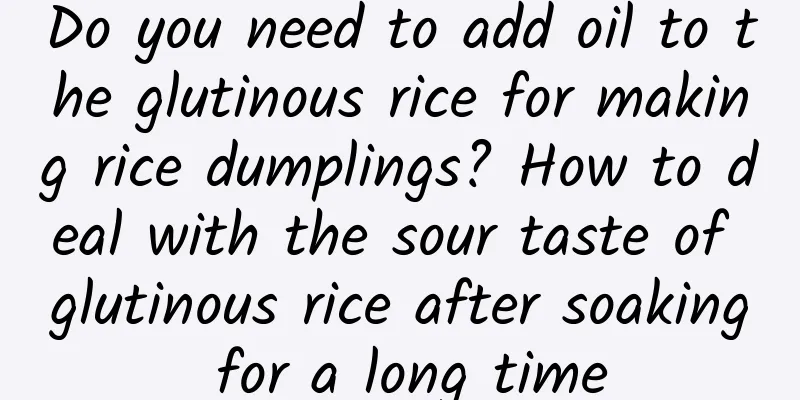Diabetes-lowering drugs with "sugar" in their names

|
Many diabetic patients often cannot clearly describe the blood sugar-lowering drugs they are taking when visiting the hospital. A big part of the reason is that the generic names of the drugs are difficult to pronounce and remember. Here we introduce several commonly used drugs whose names contain "sugar" but are used to lower blood sugar, to facilitate your memory. 1. Western medicine Acarbose tablets (capsules, chewable tablets) Acarbose was developed and marketed by Bayer in Germany in 1990. It is an oral hypoglycemic drug and the world's first α-glucosidase inhibitor approved by the US FDA. Acarbose is a microbial oligosaccharide analog obtained by large-scale fermentation of actinomycetes. This biosynthesized pseudotetrasaccharide can competitively inhibit the α-glucosidase of the brush border of small intestinal wall cells, thereby delaying the degradation of polysaccharides, oligosaccharides or disaccharides in the intestine, slowing the degradation and absorption of glucose from carbohydrates into the blood, thereby reducing the body's postprandial blood sugar level [1]. The method of taking acarbose in different dosage forms is as follows: acarbose tablets are taken immediately before meals or chewed with the first few bites of food; acarbose capsules are taken immediately before meals; acarbose chewable tablets are taken by chewing with food. Common adverse reactions of acarbose are gastrointestinal reactions, including flatulence, diarrhea, nausea, vomiting, etc. It is worth noting that after oral administration of acarbose, although the minimum absorption in the body is only 0.5%-1.7%, rare acute liver damage can occur clinically. The cause of liver damage during acarbose treatment is still unclear, but it may be related to the immune response to bacterial oligosaccharide molecules or changes in the microbiome and the absorption of bacterial products. Since liver damage caused by acarbose is usually mild and self-limited, once acarbose is discontinued, the liver damage will be quickly repaired [2]. Voglibose tablets (dispersible tablets, chewable tablets, capsules) Voglibose was developed and marketed by Takeda Pharmaceuticals in Japan in 1994. Like acarbose, it is an α-glucosidase inhibitor and an oral hypoglycemic drug. Voglibose is a semi-synthetic derivative of Jinggangmycin and an amino sugar analog found in actinomycete culture fluid[3]. Voglibose inhibits disaccharide hydrolases (α-glucosidase) that break down disaccharides into monosaccharides in the intestine, delaying the digestion and absorption of sugars, thereby improving postprandial hyperglycemia[4]. Therefore, voglibose tablets are taken orally before meals and immediately after taking the medicine. It should be noted that, based on the pharmacological action of α-glucosidase, hypoglycemia will not occur when this type of drug is used alone. If hypoglycemia occurs during treatment, glucose or honey should be used immediately to correct the hypoglycemia, while the use of sucrose or starchy foods has a poor blood sugar-raising effect. Dulaglutide injection In 2014, the FDA approved dulaglutide injection for the treatment of type 2 diabetes, and it was launched in my country in 2019. The drug is a human glucagon-like peptide-1 (GLP-1) receptor agonist that has 90% amino acid sequence homology with endogenous GLP-1, increases the content of cyclic adenosine monophosphate (cAMP) in β cells, leading to glucose-dependent insulin release; it can also inhibit glucagon secretion and delay gastric emptying [5]. Like other GLP-1 analogs, dulaglutide can also reduce weight. The precautions in the instructions for dulaglutide injection emphasize that it is not used in patients with type 1 diabetes and diabetic ketoacidosis. The initial dose of dulaglutide injection is 0.75 mg, subcutaneously once a week, and the maximum recommended dose is 1.5 mg once a week. The adverse reactions of dulaglutide mainly include nausea, vomiting, diarrhea, abdominal pain, loss of appetite, indigestion and fatigue, etc. Rare adverse reactions include acute pancreatitis and rapid allergic reactions. 2. Chinese patent medicine Chinese patent medicines have unique advantages in treating diabetes, such as acting on multiple targets in the endosomal system. There are many Chinese patent medicines with the word "sugar" in their names. Tianqi Jiangtang Capsules and Jinqi Jiangtang Tablets mentioned in the "Guidelines for the Prevention and Treatment of Type 2 Diabetes in China (2020 Edition)" [6] can reduce the risk of diabetes; Shenqi Jiangtang Granules can synergistically lower blood sugar, improve symptoms and signs, and improve quality of life. In addition, there are Chinese patent medicines for lowering blood sugar, such as Jiangtang Jia Tablets, Dianiaole Tablets, Tongmai Jiangtang Capsules, Jiangtang Tablets (Capsules, Pills), Jiangtangning Capsules, Jiangtangshu Tablets, Jiangtangtongmai Capsules, and Xiaotangling Tablets (Capsules, Granules). Before using Chinese patent medicines to treat diabetes, it is necessary to conduct syndrome differentiation and treatment based on clinical symptoms and specific conditions. Most Chinese patent medicines have adverse reactions listed as "not yet clear" in their instructions, but when using them, you should pay attention to whether there are new adverse drug reactions and inform your doctor in a timely manner. References: [1] Acarbose Tablets Instructions. 2020 Edition. Bayer HealthCare GmbH. [2] LiverTox: Clinical and Research Information on Drug-Induced Liver Injury [Internet]. Bethesda (MD): National Institute of Diabetes and Digestive and Kidney Diseases; 2012–. Acarbose. [Updated 2021 Jan 10]. [3] Chinese Society of Geriatrics Endocrinology and Metabolism. Chinese expert consensus on the clinical application of α-glucosidase inhibitors[J]. Chinese Journal of Diabetes, 2024, 32(2): 81-90. [4] Instructions for use of Voglibose Tablets. 2020 edition. Tianjin Takeda Pharmaceutical Co., Ltd. [5] Dulaglutide Injection Instructions. 2022 Edition. Vetter Pharma-Fertigung GmbH & Co.KG. [6] Chinese Diabetes Society. Guidelines for the prevention and treatment of type 2 diabetes in China (2020 edition)[J]. Chinese Journal of Diabetes, 2021, 13(4): 315-409. Author: Zhang Xian, Deputy Chief Pharmacist, First Affiliated Hospital of Anhui University of Science and Technology (Huainan First People's Hospital) |
<<: [Medical Q&A] Which drugs may cause deafness in children?
>>: [Medical Q&A] Can emotional out-of-control also cause myocardial infarction or sudden death?
Recommend
What kind of rice is Wuchang rice? Why is it better than ordinary rice?
Recently, a professional counterfeiter questioned...
Why does my breast hurt when I wear a bra?
In fact, most women nowadays don’t like to wear b...
What diseases will women get if they are angry for a long time?
We often say that a laugh makes you look ten year...
Can I have sex if I have bacterial vaginitis?
I believe that female friends are no strangers to...
A woman with eight-character lines between her eyebrows
Although the saying that "women with splayed...
What are the differences between peaches and nectarines? Why are nectarines pointed?
Nectarine, also known as peach plum, is a variant ...
Did you know? Open the door┋No longer troubled by arrhythmia, radiofrequency ablation can help you regain health
Contributors: Zheng Meijuan, master's student...
What to eat after abortion? Egg and jujube soup to replenish qi and blood
It is very important for women to have a healthy ...
Will hyperplasia of cesarean section incision heal?
There are two ways for women to give birth, one i...
Is it a death sentence if breast cancer metastasizes to the bones?
Breast cancer can be said to be the most common m...
What is the length of the cervical canal during pregnancy?
Pregnant women should pay attention to their bodi...
What happens if the IUD moves downward?
The reason why a woman's IUD moves downward m...
Can anemic women have babies?
Many female friends just want a healthy baby afte...
Why does the belly become hard after pregnancy?
In the early stages of pregnancy, you need to be ...
What foods are good for vaginitis?
Many women are often troubled by vaginitis. Not o...









